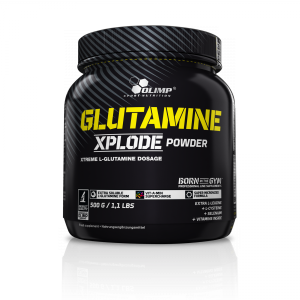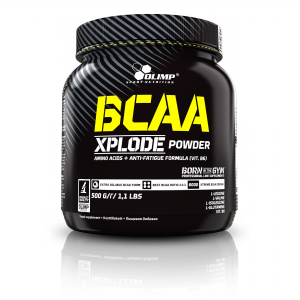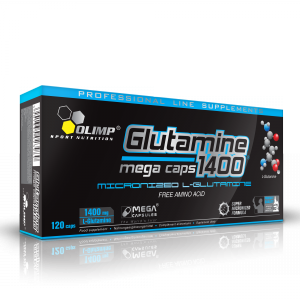FREE SHIPPING ON ORDERS OVER 50€
 Glutamine use in order to support the effectiveness of weight training is recently being questioned. Its well-established position has been undermined by the results of one study. These findings that "have gone out into the world" have been picked up by many malcontents and hailed as a huge issue, unjustly depreciating this valuable sports supplement. Glutamine opponents often incorrectly or unfairly interpret the findings of the studies which came out very well and clearly prove the use of glutamine as a supplement supporting muscle mass development. Therefore, today I will try to reveal the truth about glutamine.
Glutamine use in order to support the effectiveness of weight training is recently being questioned. Its well-established position has been undermined by the results of one study. These findings that "have gone out into the world" have been picked up by many malcontents and hailed as a huge issue, unjustly depreciating this valuable sports supplement. Glutamine opponents often incorrectly or unfairly interpret the findings of the studies which came out very well and clearly prove the use of glutamine as a supplement supporting muscle mass development. Therefore, today I will try to reveal the truth about glutamine. 


